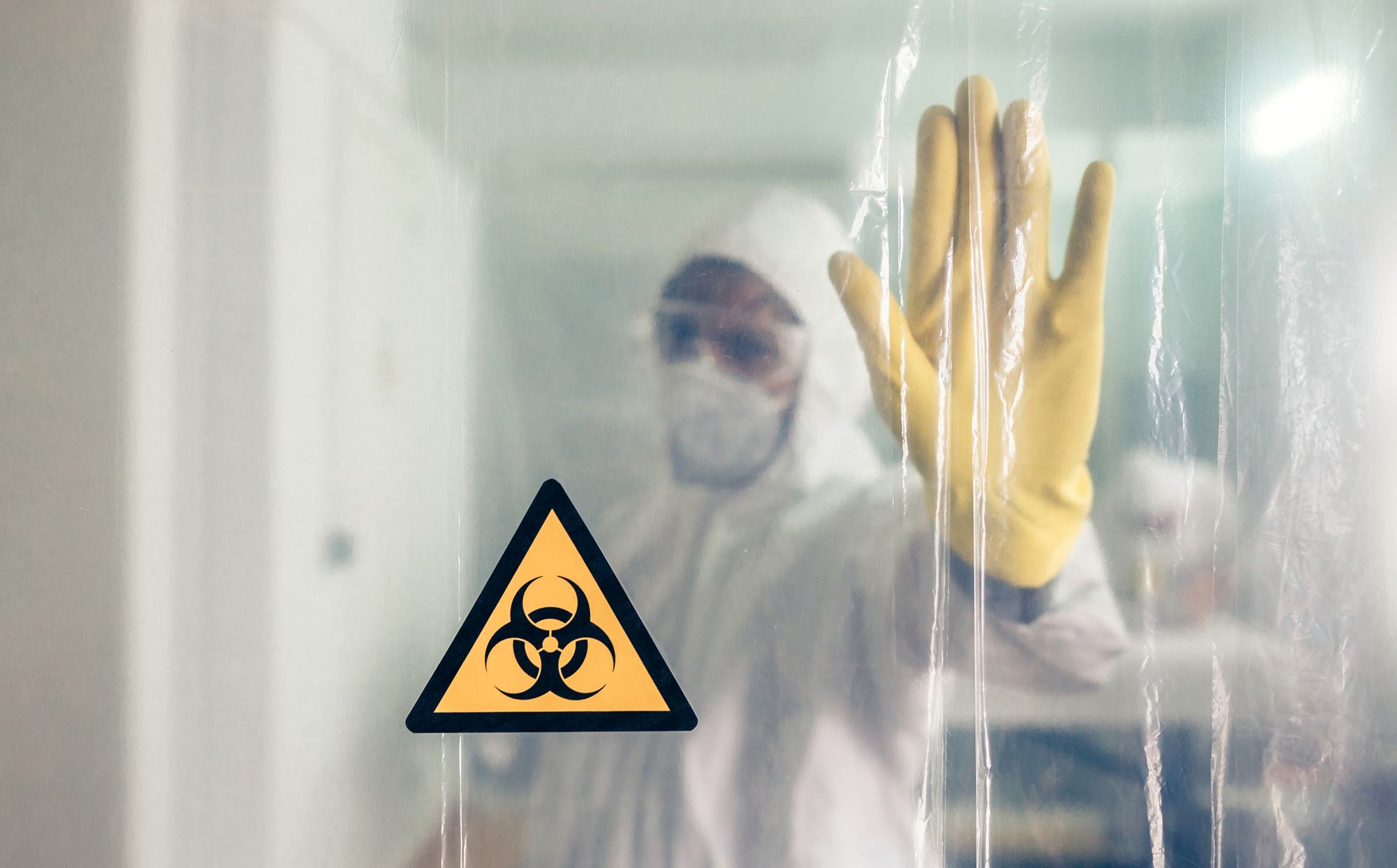
Education
Understanding Klebsiella pneumoniae in Healthcare Facilities
Klebsiella pneumoniae is a gram-negative bacterium capable of causing different types of healthcare-associated infections (HAIs), such as pneumonia, surgical site infections, meningitis, and pyogenic liver abscesses (PLA).
Klebsiella are normally found in the human intestines and feces, and do not usually infect healthy people. However, if your healthcare facility houses at-risk patients and provides care with ventilators or intravenous catheters, Klebsiella infections are of concern.
To protect your patients from Klebsiella –– understand how bacteria are spread, identify areas of greatest risk, and implement best practices for prevention.
The Spread of Klebsiella
A person must be exposed to Klebsiella to get an infection and can travel through the respiratory tract or blood. The bacteria can be spread through person-to-person contact, for example, from the contaminated hands of a healthcare provider. In one study, cardiology units of a 2,700-bed healthcare center experienced a Klebsiella outbreak at water dispensers and sink drains, furthering the importance of hospital water environments for transmission.
When contaminated water is used for patient bathing or washing of surgeons’ hands, infection can spread rapidly. With these risks and negative health outcomes in mind, it is critical for hospitals and care centers and to maintain adequate protection for the at-risk patient populations they oversee.
Pathogen Resources
A deeper dive into Klebsiella
Check out our pathogen article on Klebsiella which details common characteristics, environments, and levels of drug resistance
Read nowAreas of Greatest Risk
Patients with devices such as ventilators or intravenous (IV) catheters and who are taking certain antibiotics for a long time are most at risk for Klebsiella infections. Population-based surveillance studies have also identified the following patient populations as at-risk: elderly, dialysis, transplant, and oncology.
If your facility cares for these patient populations, it’s important to consider prevention methods to avoid burden of illness from this antibiotic-resistant bacteria.
Practices for Prevention
Klebsiella bacteria are highly resistant to antibiotics, emphasizing the need to implement preventative measures at critical control points.
Proper hand hygiene, like washing one’s hands before entering and after leaving patient rooms and after touching hospital surfaces, helps prevent the spread of infection. But, what happens when the water source is compromised by a water main break or pathogen outbreak?
Installing FDA-cleared, point-of-use filtration on faucets and showers is an efficient way to mitigate risk of pathogen spread as a response to a water emergency. Our point-of-use solutions offer 90-days of protection, allowing facilities enough time to implement a programmatic infection control plan.
Facilities can take prevention a step further by installing FDA-cleared in-line filtration under surgical sinks, on medical equipment, and on ice machines in high-risk areas.
Want to learn more?
Contact us to discuss potential risks to your facility’s patient populations
Want to know more?
Reach out to discuss a facility audit and learn where to have filtration on hand


